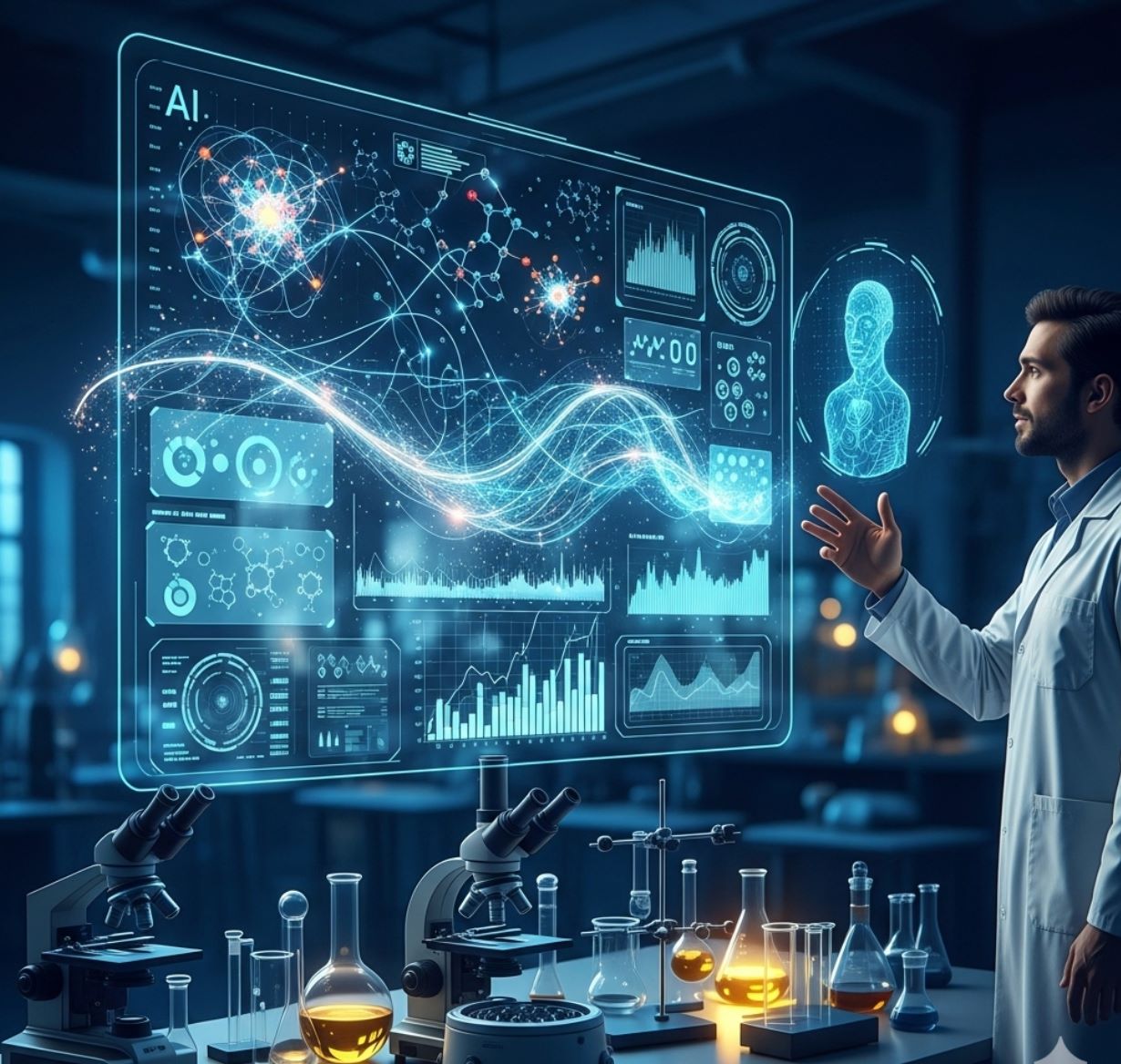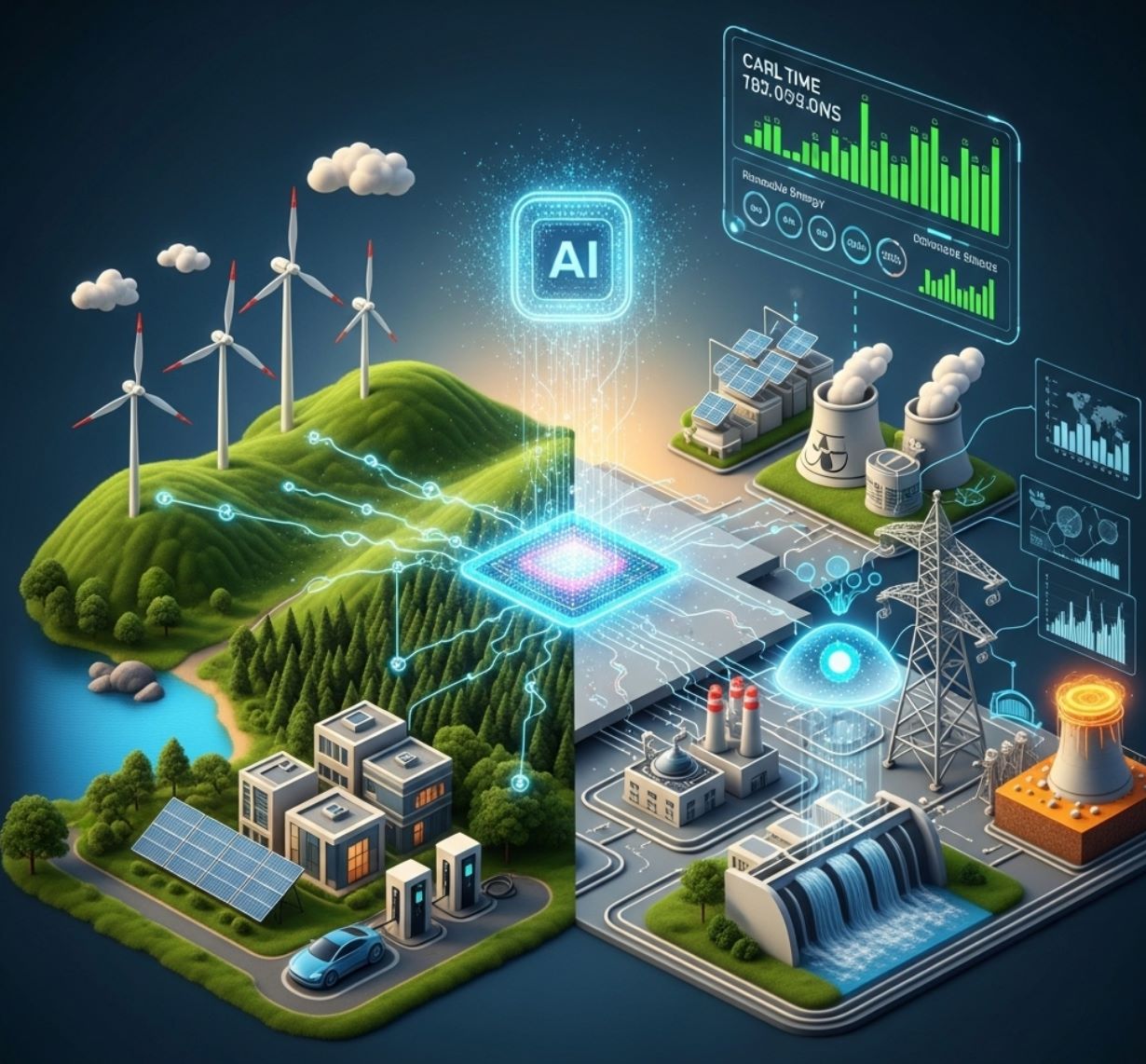AI predicts experimental results
AI enables fast and accurate prediction of experimental results, helping researchers save costs and improve efficiency in scientific studies.
How does AI predict experimental results to help shorten research time, reduce costs and improve efficiency? Let's find out more details with INVIAI in this article!
How AI Plans and Analyzes Experiments
Artificial intelligence (AI) is transforming how scientists plan and interpret experiments. By learning patterns from vast amounts of data – from research papers to simulation outputs – AI models can forecast the likely outcomes of new experiments.
In one recent study, AI tools correctly predicted the results of proposed neuroscience experiments far more often than human experts. These AI-driven predictions promise to reduce trial-and-error, saving time and resources in the lab.
An AI "co-scientist" built on a Google Research LLM rediscovered a complex biological mechanism in bacteria: its top-ranked hypothesis exactly matched an experimentally confirmed gene transfer process.
— Google Research Study
Researchers are already using AI as a "co-pilot" for science. In a landmark result, an AI "co-scientist" built on a Google Research LLM rediscovered a complex biological mechanism in bacteria: its top-ranked hypothesis exactly matched an experimentally confirmed gene transfer process. In other words, the AI independently proposed the correct answer to a question that had taken human scientists years to solve.
The authors conclude that such AI can act "not just as a tool but as a creative engine, accelerating discovery".
Traditional Prediction
- 63-66% success rate
- Limited by individual expertise
- Time-intensive analysis
AI-Powered Prediction
- 81% success rate
- Pattern recognition across vast datasets
- Instant analysis and predictions
Similarly, a UCL-led team showed that generic LLMs (and a specialized "BrainGPT" model) could predict the outcomes of neuroscience studies with much higher accuracy than human neuroscientists. The LLMs averaged an 81% success rate at picking the correct published results, while experts managed only 63–66%. This suggests AI can identify literature patterns and make forward-looking predictions beyond mere fact lookup.
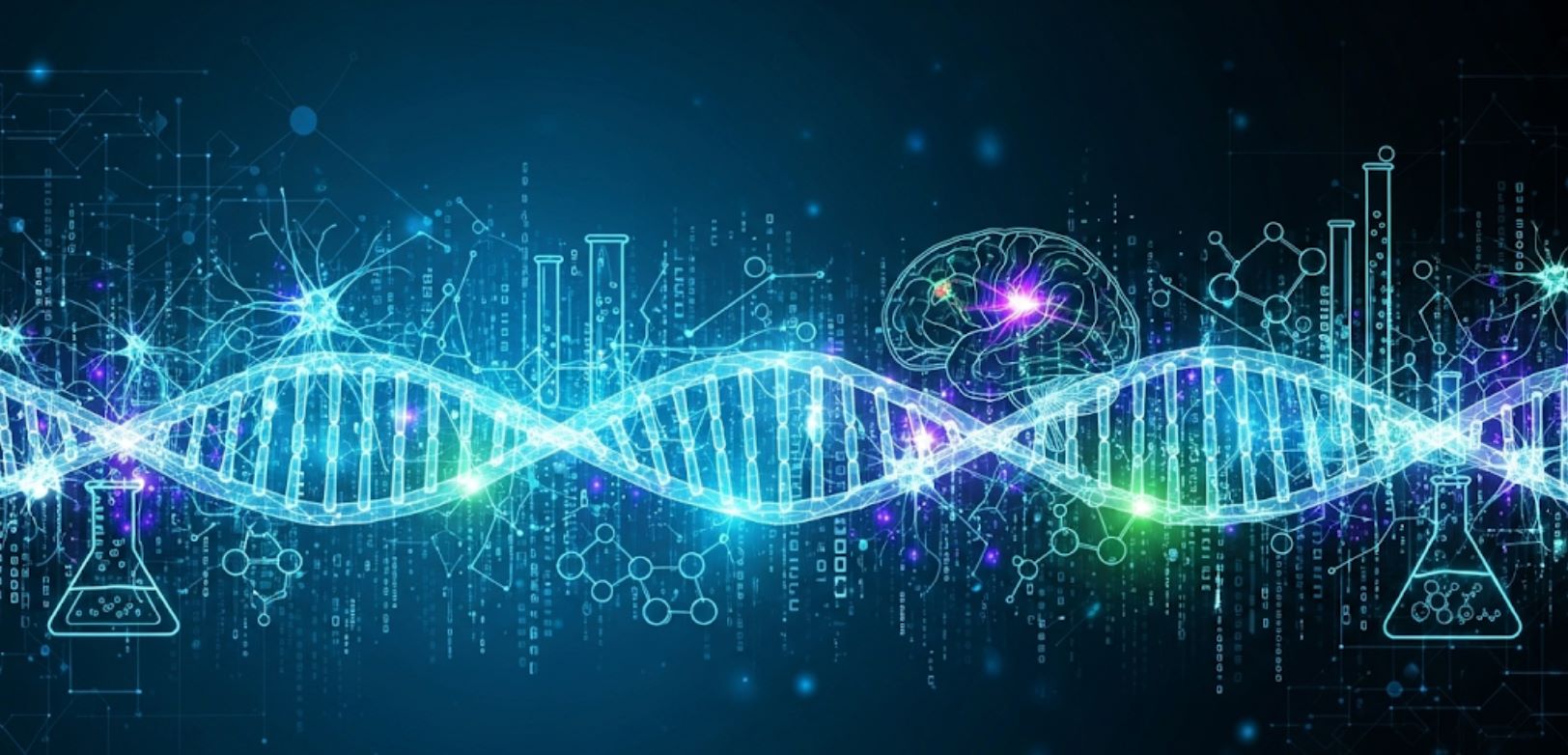
AI Applications Across Scientific Fields
Biology
AI is making strides in many fields. In biology, a new foundation model was trained on data from over a million cells and learned the "grammar" of gene expression. It can predict which genes will be active in any human cell type, and its predictions closely matched lab measurements.
Chemistry
In chemistry, researchers at MIT developed a model called FlowER that predicts chemical reaction outcomes more realistically by enforcing physical constraints (like conservation of mass and electrons). This constraint-aware AI greatly improved accuracy and reliability in predicting reaction products.
FlowER Model
MIT's constraint-aware AI for chemical reactions.
- Enforces mass conservation
- Maintains electron balance
- Improved accuracy
IBM RXN
Deep learning platform for chemical language mapping.
- Predicts reaction results
- Faster than trial-and-error
- Explores new reactions
AI platforms like IBM's RXN for Chemistry similarly use deep learning to map "chemical language" and predict reaction results, helping chemists explore new reactions much faster than trial-and-error methods.
Materials Science
In materials science, emerging AI foundation models (such as Microsoft's MatterGen/MatterSim) are being trained on data about atoms and molecules so they can predict how new materials will behave before any experiment is run.
MatterGen
MatterSim
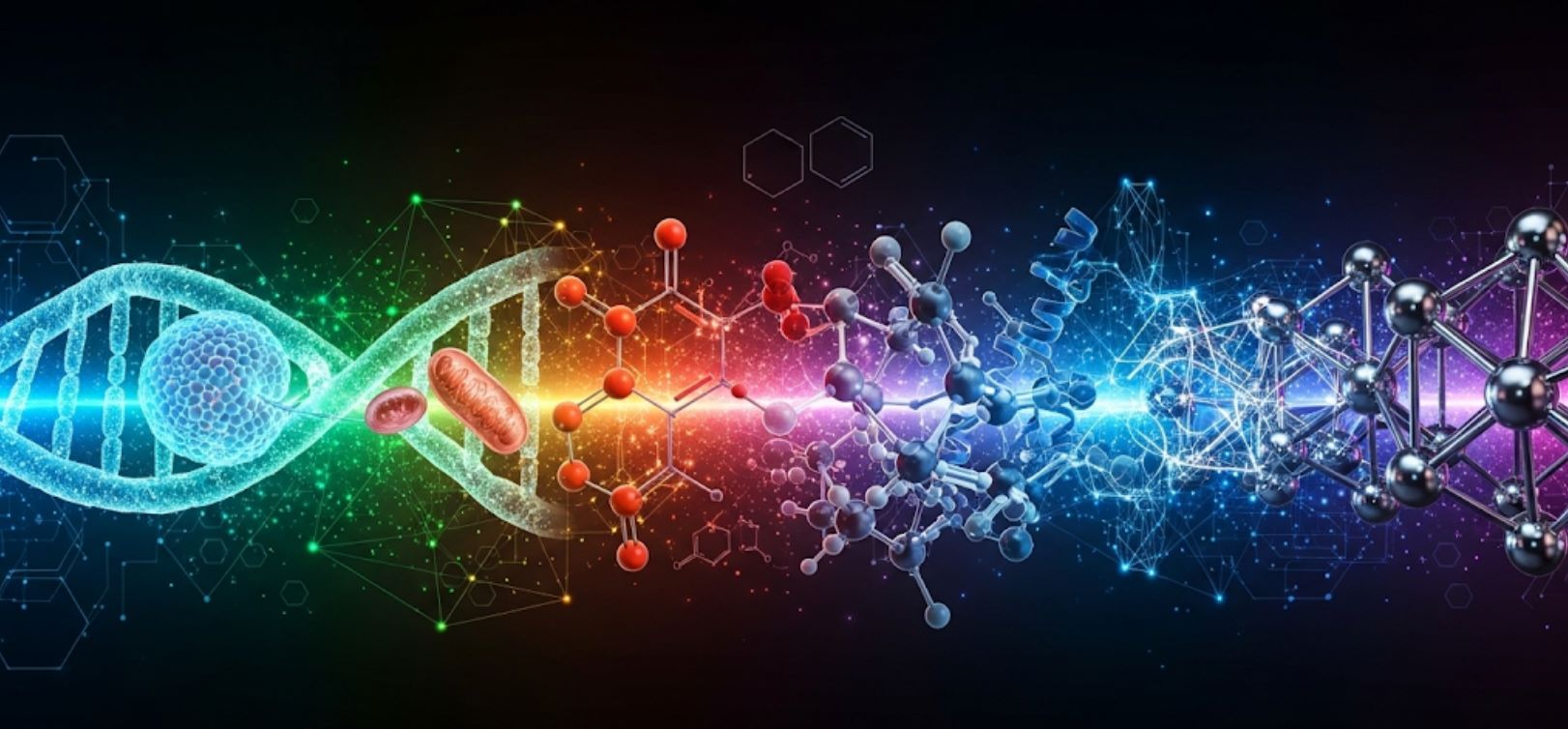
AI in Physics and Advanced Simulations
A physics-informed AI model successfully forecasted the outcome of a fusion experiment. For instance, Lawrence Livermore National Lab scientists used an AI-driven framework to predict the success of a fusion ignition shot days in advance. Their model, trained on thousands of simulations and past experiments, predicted over a 70% chance of achieving ignition (net energy gain) before the experiment was performed.
This approach – combining AI with physics simulation – not only yielded a correct prediction but also quantified the uncertainties, guiding researchers in assessing experimental risk. Likewise, in gravitational-wave research, AI has even designed novel interferometer configurations (such as adding a kilometer-scale optical cavity) to improve detector sensitivity – discoveries that human engineers had overlooked.

AI-Driven Lab Automation
Lab automation is another area where AI predictions are game-changing. Scientists envision fully automated "factories of discovery" where robots run experiments and AI analyzes results. UNC-Chapel Hill researchers describe how mobile robots can perform chemistry experiments continuously, without fatigue, executing precise protocols far more consistently than humans.
These robots generate huge datasets that AI can instantly scan for patterns and anomalies.
Design
AI suggests next experiment
Execute
Robots perform experiments
Analyze
AI analyzes results instantly
Optimize
Real-time condition optimization
In this vision, the classic design-make-test-analyze cycle becomes much faster and adaptive: AI models could suggest the next experiment, optimize conditions in real time, and even plan entire experimental campaigns. For example, the UNC team notes that AI could identify promising new compounds or materials to test, effectively pointing scientists where to look next.
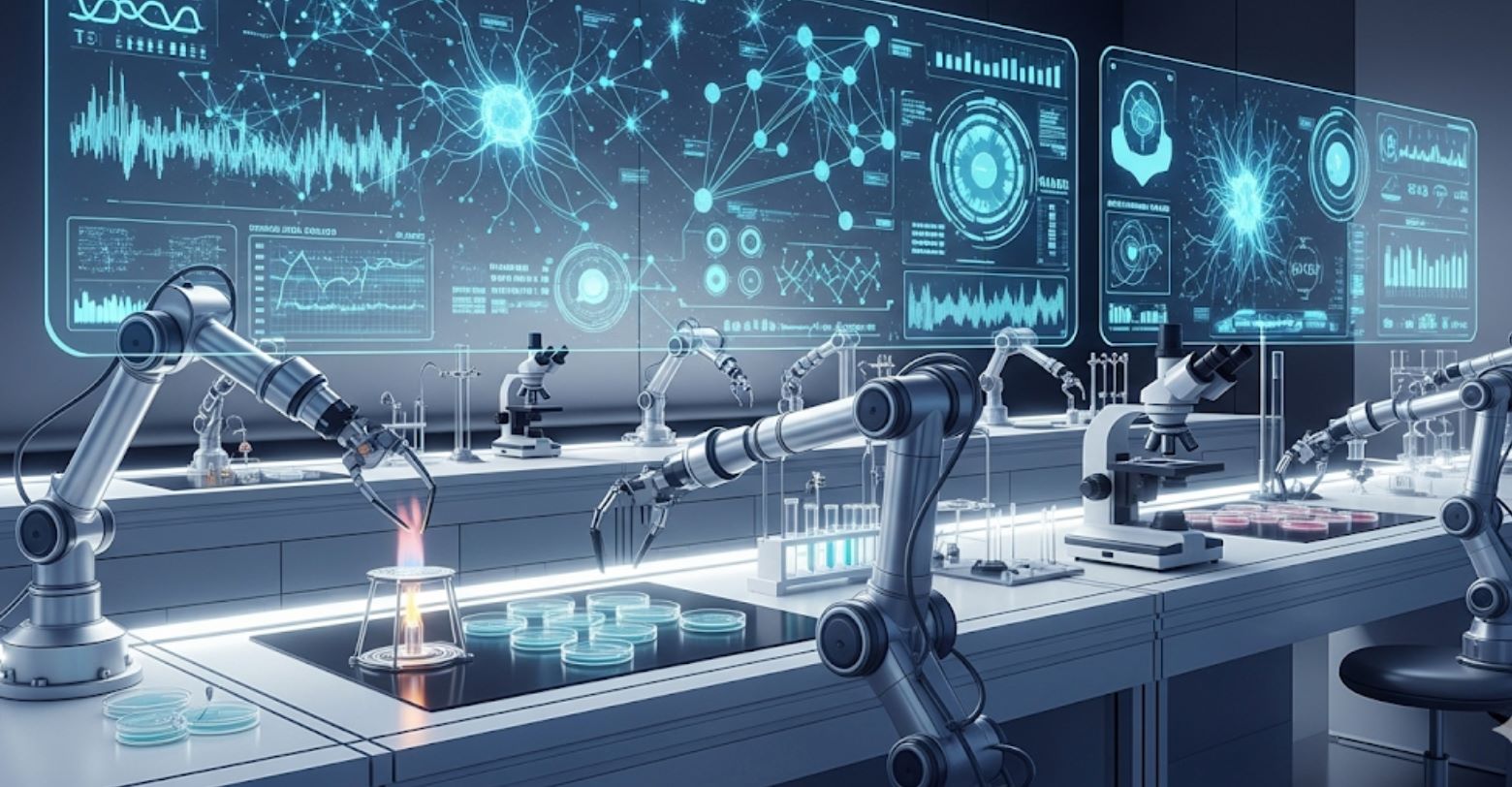
The Benefits of AI for Scientific Research
AI-driven prediction holds vast benefits for science. It can speed discoveries by narrowing down experimental choices, reduce costs by eliminating futile trials, and uncover subtle patterns humans might miss.
Speed Discovery
Accelerate research by narrowing experimental choices.
- Faster hypothesis testing
- Reduced trial-and-error
- Streamlined workflows
Cost Reduction
Eliminate futile trials and optimize resource allocation.
- Lower experimental costs
- Efficient resource use
- Reduced waste
Pattern Recognition
Uncover subtle patterns humans might miss.
- Hidden correlations
- Complex data analysis
- Novel insights
Tools like DeepMind's AlphaFold2 have already revolutionized biology by predicting protein structures: AlphaFold2 accurately modeled the 3D structure of virtually all the roughly 200 million proteins known to science.
— DeepMind Research
This means experimentalists spend far less time on laborious X-ray or cryo-EM studies and can focus on novel proteins.
AlphaFold2 Impact
ESMBind Model
Similarly, Brookhaven Lab's ESMBind model predicts how plant proteins bind metal ions (like zinc or iron) and outperforms other methods at identifying metal-binding sites. This accelerates research in bioenergy crops by pinpointing which genes to study for nutrient uptake.
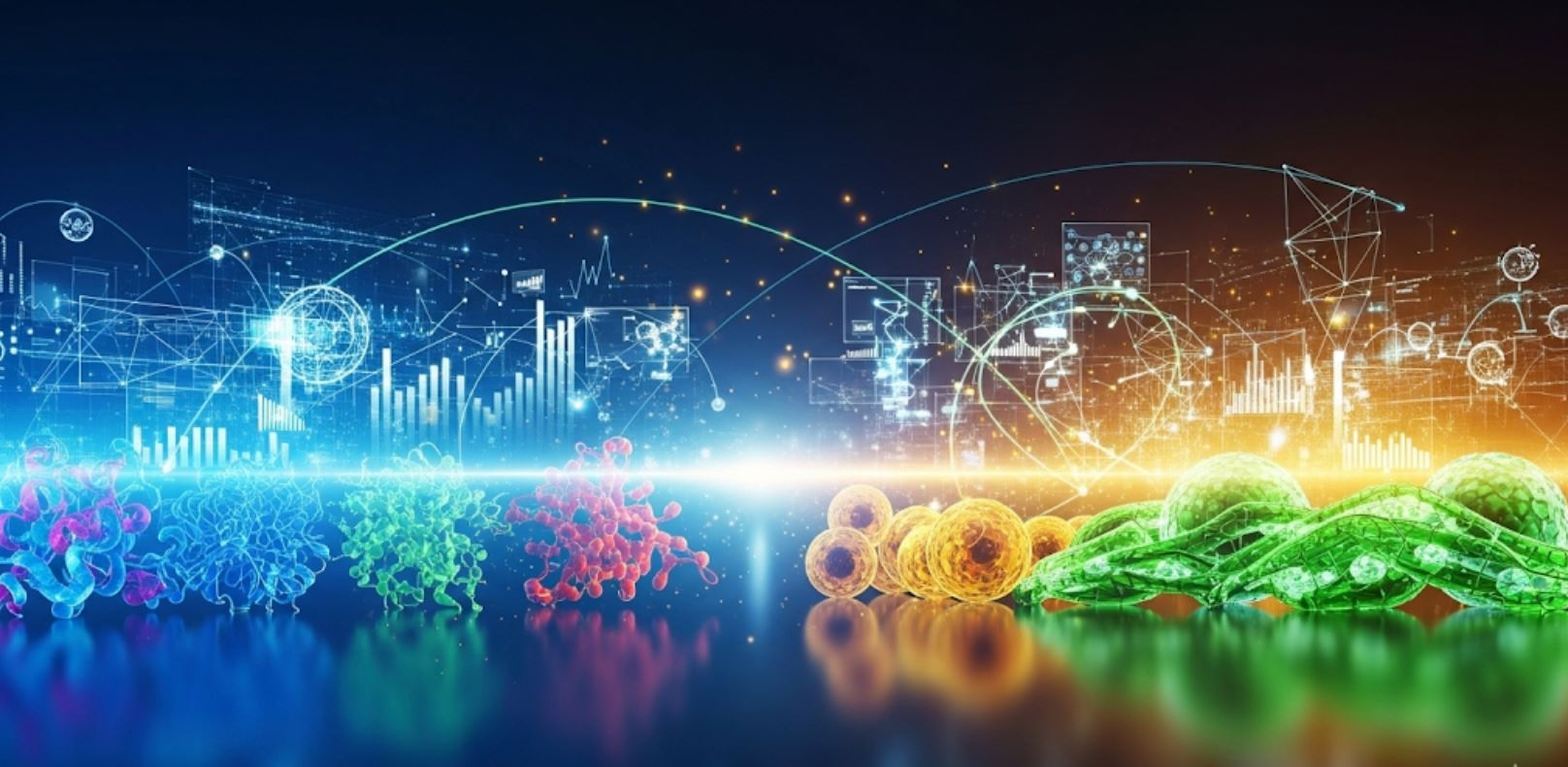
Challenges and Limitations of AI
However, these advances also raise new questions. The fact that AI can predict many results so well suggests scientific findings often follow familiar patterns. As UCL researchers note, "a great deal of science is not truly novel, but conforms to existing patterns" in the literature.
Human Creativity Requirements
Experts warn that human creativity and critical thinking remain crucial: AI recommendations need careful experimental validation. Human insight is essential for interpreting results and making breakthrough discoveries.
Data Bias Issues
AI only knows what it has seen in training data. This can lead to biased predictions that reflect historical research patterns rather than true scientific potential, potentially missing novel approaches.
Overconfidence Risk
Models can be wrong when pushed beyond their training boundaries. Overreliance on AI predictions without proper validation can lead to incorrect conclusions and wasted resources.
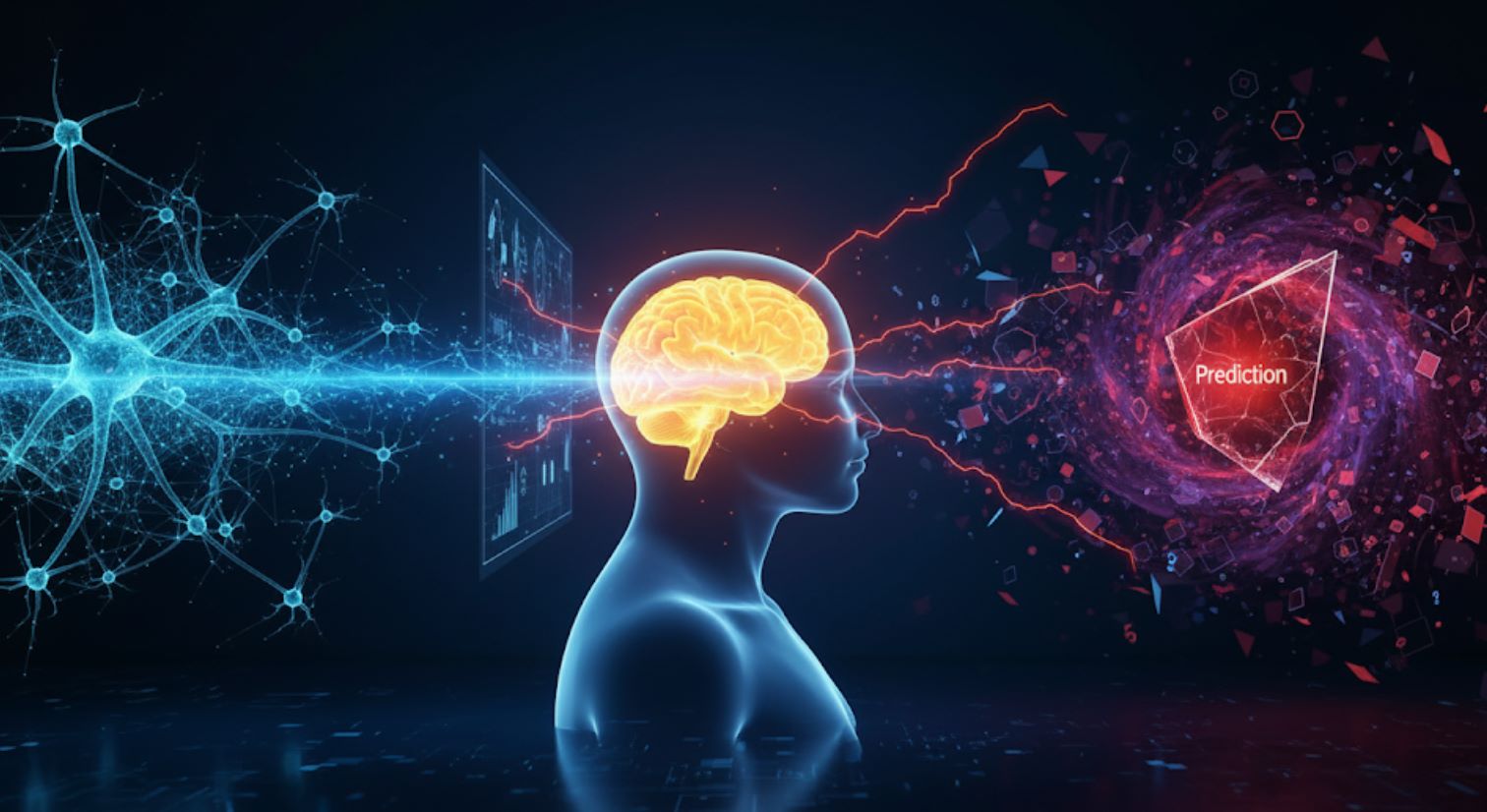
The Future of AI in Experiment Design
Looking ahead, AI and experiments will become increasingly intertwined. Scientists are developing "foundation models" tailored to science domains (using physics, chemistry, or genomic data) so they can better forecast outcomes and even suggest innovative experiment designs.
Input Experiment
Researchers input proposed experiment parameters into AI system
Probability Analysis
AI returns probability distribution of possible results and outcomes
Iterative Optimization
Teams optimize experiments in silico before physical implementation
Human-AI Collaboration
Hybrid workflow combines AI efficiency with human insight
By iterating in silico, teams could optimize experiments before touching a pipette or laser. The goal is a hybrid research workflow: AI rapidly narrows down promising hypotheses and paths, and human scientists bring intuition and insight to explore the unknown.
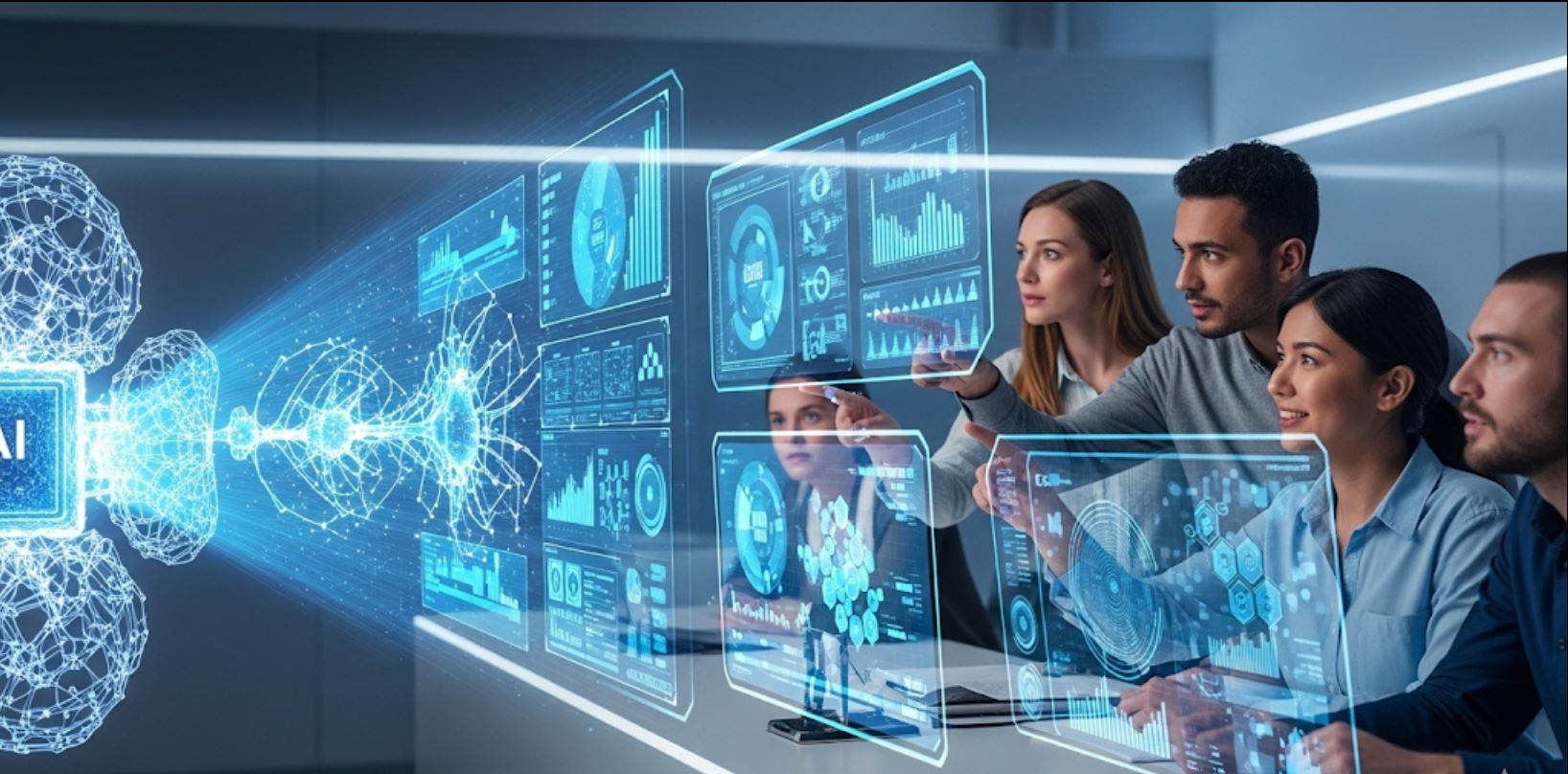
When done well, this partnership could double or triple the pace of discovery, tackling big challenges from renewable energy materials to personalized medicine.
AI will become "a powerful tool in your arsenal" that helps scientists design the most effective experiments and unlock new frontiers.
— Research Community Consensus



